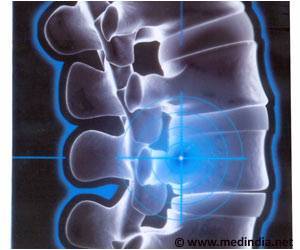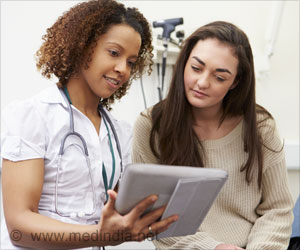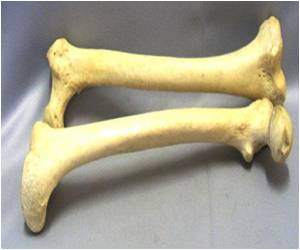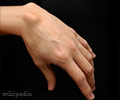Electrical stimulation appears to be most effective among patients in neuromuscular re-education after anterior cruciate ligament (ACL) reconstruction.
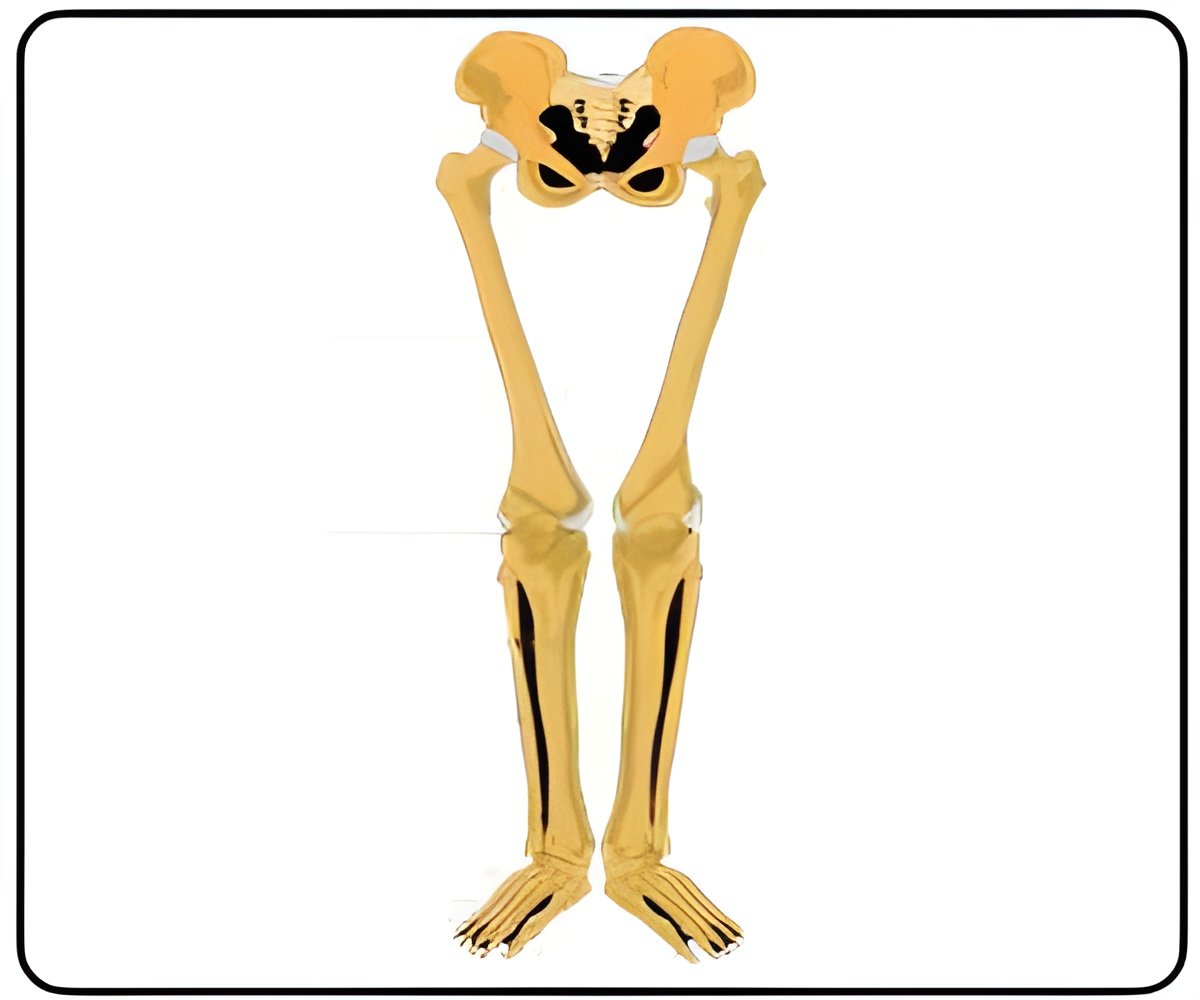
‘Electrical stimulation appears to be most effective among patients in neuromuscular re-education after anterior cruciate ligament (ACL) reconstruction.’





According to a new literature review published in the Journal of the American Academy of Orthopaedic Surgeons, therapeutic modalities -- or physical therapy -- can be a useful addition to exercise or to manipulative therapy to help improve bone-and-joint-based function affected by pain and/or injury. "A variety of therapeutic modalities are used by physical therapists, athletic trainers, and occupational therapists to reduce pain and restore strength and function. These modalities are used in conjunction with rehabilitation exercise protocols to maximize function and to allow patients to achieve their functional and athletic goals," says Catherine A. Logan, MD, MBA, MSPT, lead author of the literature review. Dr. Logan is a physical therapist and an orthopaedic surgeon specializing in the development of post-surgical rehabilitation and return-to-play protocols.
Fast facts
Hot and cold. Some research supports cryotherapy--use of cold--to reduce inflammation, and thermotherapy--use of heat--to be used with stretching and joint mobilization techniques to increase range of motion. Both cold and hot therapies can be helpful in managing pain sensations.
Renewed interest. The ancient medical practice of "cupping therapy" "experienced a tremendous surge in interest since the Rio Olympics," says to Dr. Logan. "It theorizes that the suction of the cups mobilizes blood flow to an area to promote healing and recovery." While the effectiveness of these trends has not yet been determined due to lack of rigorous scientific evidence, it has been supported by empirical evidence."
Advertisement
Explains Dr. Logan, "The utility of the majority of therapeutic modalities, with the exception of cryotherapy and neuromuscular electrical stimulation, is primarily during the acute recovery phase of rehabilitation. These modalities complement therapeutic exercise and manual therapy to aid in the patient's overall recovery, rather than an isolated treatment technique."
Advertisement
Acute recovery -- focuses on the promotion of tissue healing, pain and inflammation reduction, and minimizing the impact of immobilization.
Subacute or intermediate -- follows a progression in strength and neuromuscular re-education, a normalization of range of motion, flexibility, and posture.
Advanced strengthening with appropriate sequencing -- incorporates more challenging strengthening exercises with the goal of improving strength, power, and endurance to help prevent re-injury.
Return to sport or activity -- prepares the patient or athlete for safe return to activity or sport.
Source-Eurekalert

